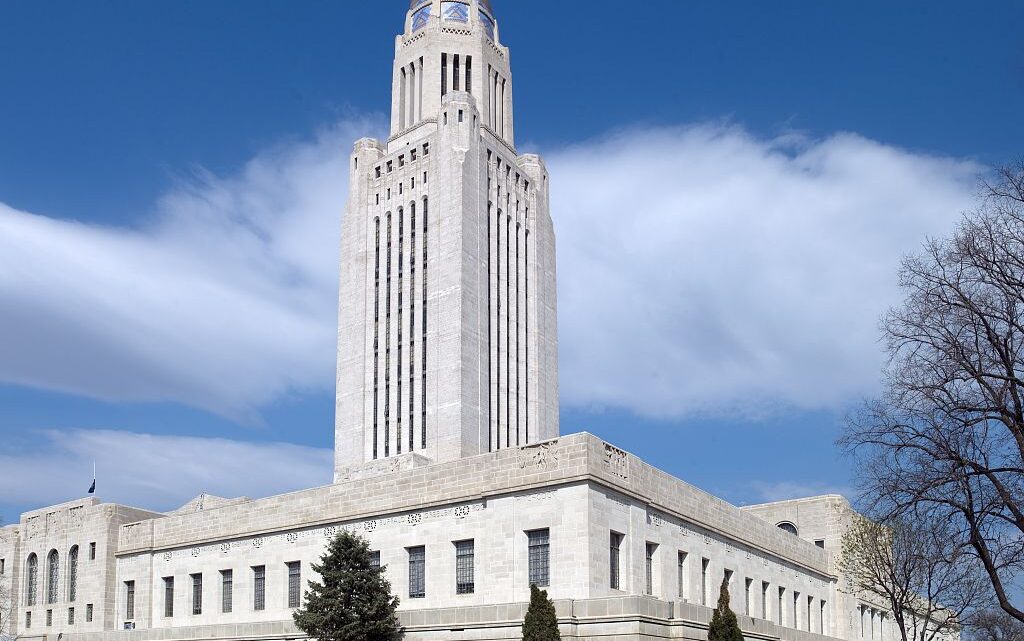
Great budget numbers for Nebraska could be ‘less rosy’ than they appear
August 6, 2021The state of Nebraska appears to be awash in cash, but some analysts caution that it could be a partial mirage.
The Nebraska Department of Revenue recently reported that net general fund receipts for fiscal year 2020-2021 were $5.959 billion, nearly $1 billion more than the $5.001 billion that was projected. These numbers might appear stronger than they really are, in part, because the state’s income tax deadline was extended from April to July in 2020 at the height of the COVID-19 pandemic, Craig Beck, senior fiscal analyst for the nonprofit OpenSky Policy Institute, told The Center Square.
“What that did was shift about $280 million from fiscal year 2020 to fiscal year 2021,” Beck said.
Also, Nebraska has experienced a significant influx of federal funding as a result of the COVID-19 pandemic, Beck said.
“That definitely played a role in propping up tax receipts,” he said.
One effect of extending the tax deadline into a new fiscal year was that it triggered higher income tax credits for property owners to offset local school taxes, Beck said.
LB 1107, the Nebraska law granting those credits, has automatic triggers that increase the credits when tax receipts increase more than 3.5% from one year to the next.
“Because fiscal 2021 was such a large increase over fiscal year 2020, in part because of the income tax deadline extension, we’re seeing a huge increase in that LB 1107 credit,” Beck said.
The LB 1107 credit in Fiscal Year 2022 will be about $548 million and by law will not drop below that through fiscal year 2024, Beck said.
While the LB 1107 tax credits are set for three years, the amount of federal funding for Nebraska is uncertain, raising concerns over what will happen when the tap from Washington slows, Beck said.
“We know the federal money isn’t going to last forever,” he said. “We’ll see, when the economy has to stand on its own two feet, if we are able to handle that $550 million credit that we are now on the hook for.”
The credit is structured as a refundable income tax credit.
“There are nuances as to why we are showing that we were nearly $1 billion above our certified forecast last fiscal year,” Beck said. “When you take those nuances into consideration, it’s a considerably less rosy picture, one that presents the need for caution moving forward.”
This article was originally posted on Great budget numbers for Nebraska could be ‘less rosy’ than they appear


